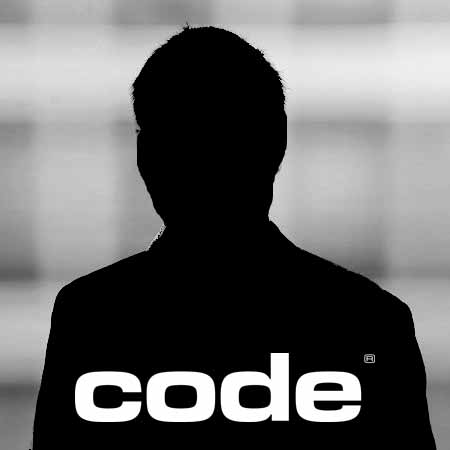Welcome to the Future
The modern healthcare system features miraculous advancements in technology, treatments, and methods of healing. The equipment used to diagnose and treat patients has changed radically in just the past 50 years. Doctors now can look at the human body in ways that could previously only be imagined on Star Trek. Every day, medical science brings us closer to curing everything from cancer to the common cold.
Much of this advancement directly results from a greater understanding of pathogens, contamination, and proper sterilization techniques. Some of these practices have only been around for the last 20 years or so. It seems unbelievable that much of our medical knowledge and healthcare procedures came into practice in the last few decades. Thankfully, we have better sterilization and reduced contamination in hospitals and healthcare facilities now. In order to maintain these gains in quality care, medical facilities have to remain vigilant. Protecting against accidental transfer, contamination, or spreading bacteria, viruses, or other microorganisms remains the top priority.
CDC Guidelines
Cleaners and disinfectants remain the most effective tool in the sterilization process. Hospitals, clinics, care centers, and offices rely on these chemical solutions for protecting the safety of staff and patients . Protocols developed by the Centers for Disease Control and Prevention (https://www.cdc.gov/infectioncontrol/guidelines/disinfection/index.html) established standards for ensuring that contamination isn’t spread by people, equipment, instruments, or materials used in medical facilities. These standards are required of every medical facility in the United States. The protocols help keep patients safe and healthy during their visit, regardless of how long it may be. However, disinfectants and cleaners are made of harsh chemicals, and some equipment doesn’t hold up well to even one use. A daily routine and possibly multiple exposures to these compounds can cause degradation. Because of the costs for replacing equipment, some healthcare professionals are tempted (or even encouraged) to minimize sterilization practices. Unfortunately, this increases the risk of cross-contamination. Hospitals have reported a rise in health issues such as Staph infections, MRSA, Pseudomonas aeruginosa, E coli, salmonella, and Clostridium sordellii. Increases in hospital-acquired infections (HAI) directly relate to failure to follow CDC protocols. These infections can lead to increased hospital stays, increased medications, possible surgical intervention, or even patient death.Shortcuts Don’t Help
Many hospitals go to extreme lengths to stay compliant with regulations, even disregarding manufacturer suggestions for cleaning equipment. Staff members often take short-cuts, even risking the integrity of the equipment. Soaking smaller implements in the harsh cleaning and disinfecting chemicals tempts many nurses in the fast-paced medical environment. A lot of equipment falls victim to the chemicals meant to help hospitals maintain a safer environment. Cleaners and disinfectants cause degradation to plastic and metal, shortening the lifespan of the equipment and increasing facility costs. Finding a product resistant to the damage caused by disinfectants and cleaners would mean a better bottom line. Let us introduce you to one of those resistant products: the CR2700 is built specifically for the healthcare community and offers a number of features that launch us far ahead of the competition (Code Reader 2700). Among the advantages of the CR2700 are:- Inductive charging, which means no exposed metal. This eliminates chemical corrosion caused by disinfectants and cleaners
- Bluetooth Low Energy 5 for enhanced data security, throughput, and transmission range
- Streamlined case eliminating hard-to-disinfect nooks and crannies
- PVC-Free CodeShield® medical-grade plastics stand up to harsh disinfectants
- Lightweight, ergonomic models in palm and handheld configurations
- Durable, quick-release rechargeable battery cartridges save time
- Smart battery shows battery health with a visible fuel gauge
- Visual, audible, and haptic indicator customization for workflow needs.
- Patented dual-field optics, both high density and wide field in the same unit add versatility and function
- Patented glare reduction technology means reading barcodes on shiny surfaces is no longer a challenge
- High speed, omnidirectional reading of all barcodes used in healthcare makes the process faster and more accurate
- Multiple programmable buttons allow you to create customized workflow processes
- Pair to Bluetooth supported Android, iOS, and Windows devices and tablets
- IP65 rating seals out dust and moisture for longer product life
- CortexRM® Remote Management ready
- Powerful data management capability with JavaScript
- Code Complete service and extended warranty plans ensure your satisfaction
CR2700 – Purpose Built for Healthcare
The CR2700 was purpose-built for healthcare, down to its CodeShield housing. Its design makes it naturally the perfect fit for nurses, CNAs, and those with varied workflows. Small enough to fit in scrub pockets, the CR2700 moves easily from room to room. It’s perfect for point-of-care activities like patient verification and medication administration. When you compare the CR2700 against leading competitors, it becomes obvious why Code is the vendor of choice for many healthcare providers. Our competitors can’t match the on-point benefits that the CR2700 has to offer. Compare for yourself and you’ll see that we excel on every key point (and some of the smaller points, too). Don’t take our word for it. Call to demo the CR2700 for yourself for free and see how versatile it is and how it holds up to your most stringent disinfecting regimen. It really is the answer to your medical barcode scanning challenges. Call us today: 801-495-2200.Share This Post
Author

Kim Justensen
Many of the talented and qualified staff at Code Corporation contribute to our blog. Our team members add a unique perspective to our communications efforts, and we are fortunate to have such a great cadre of writers as part of our company.
